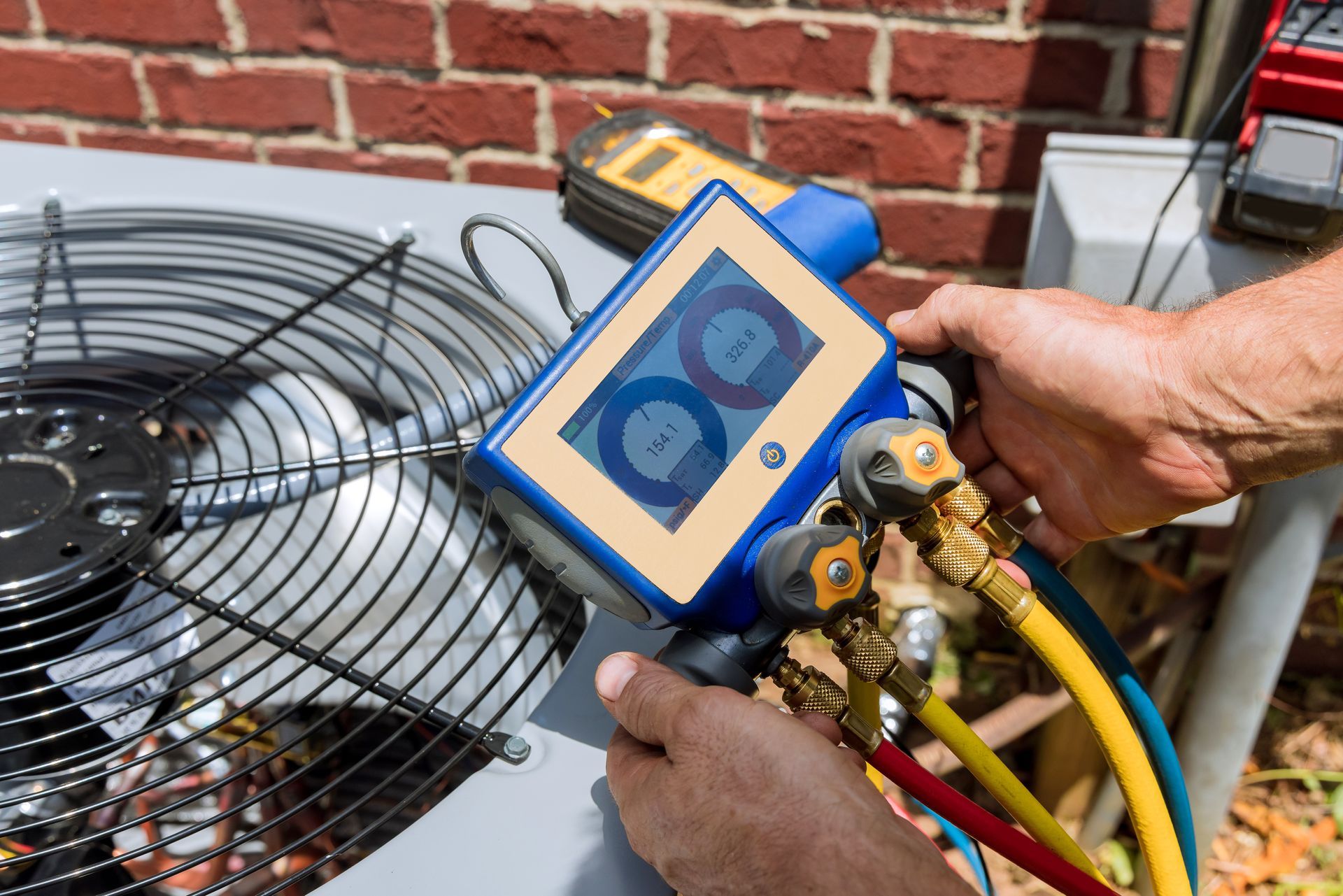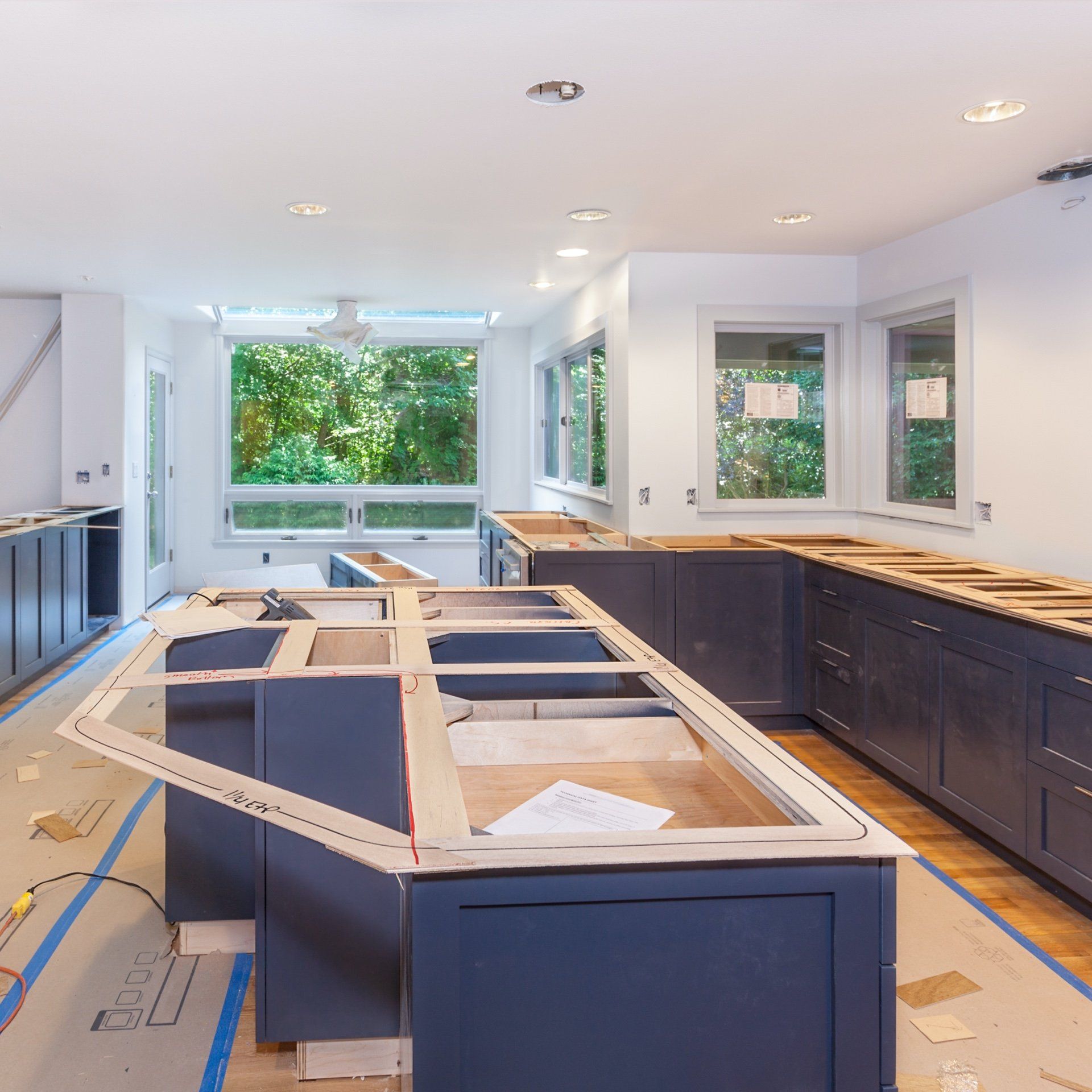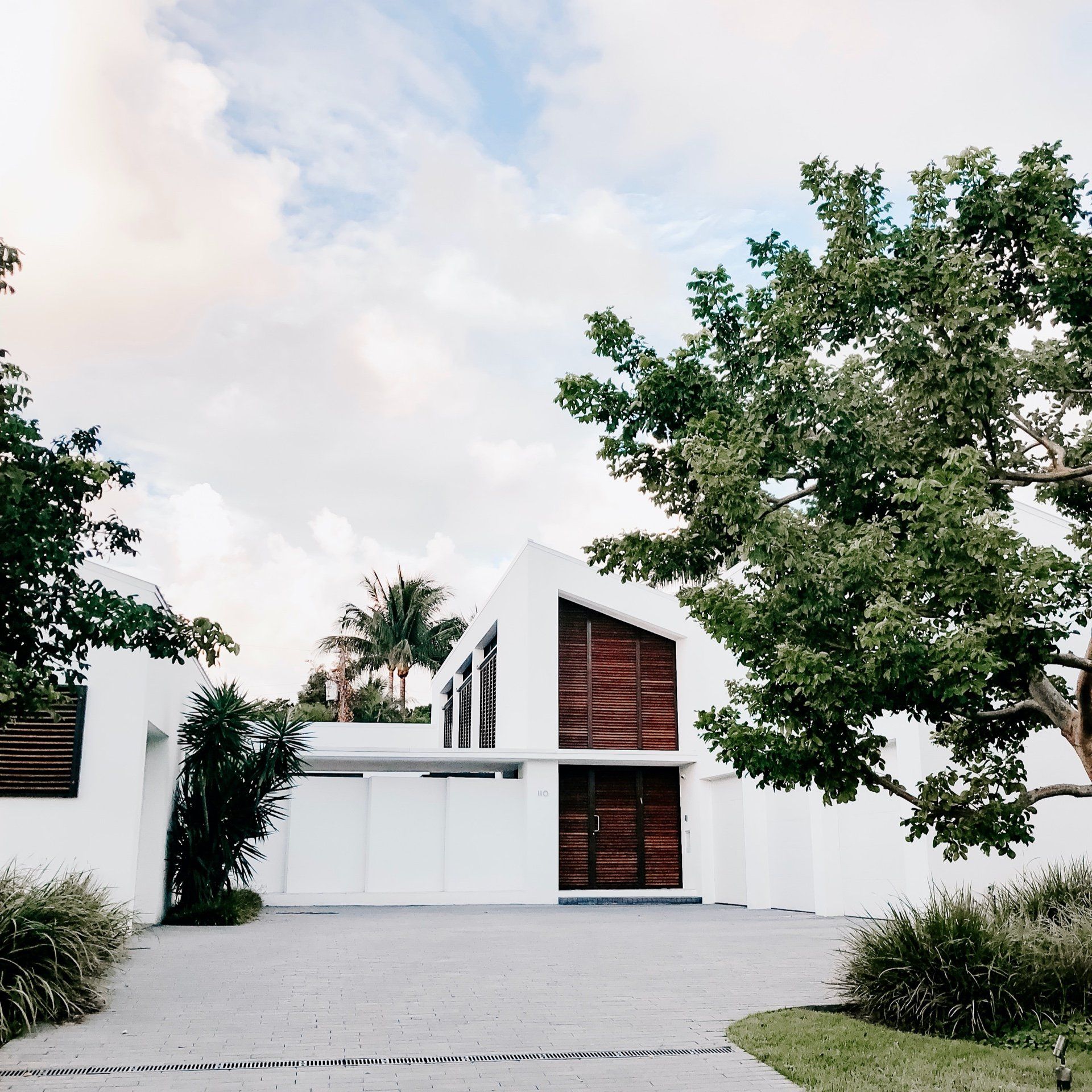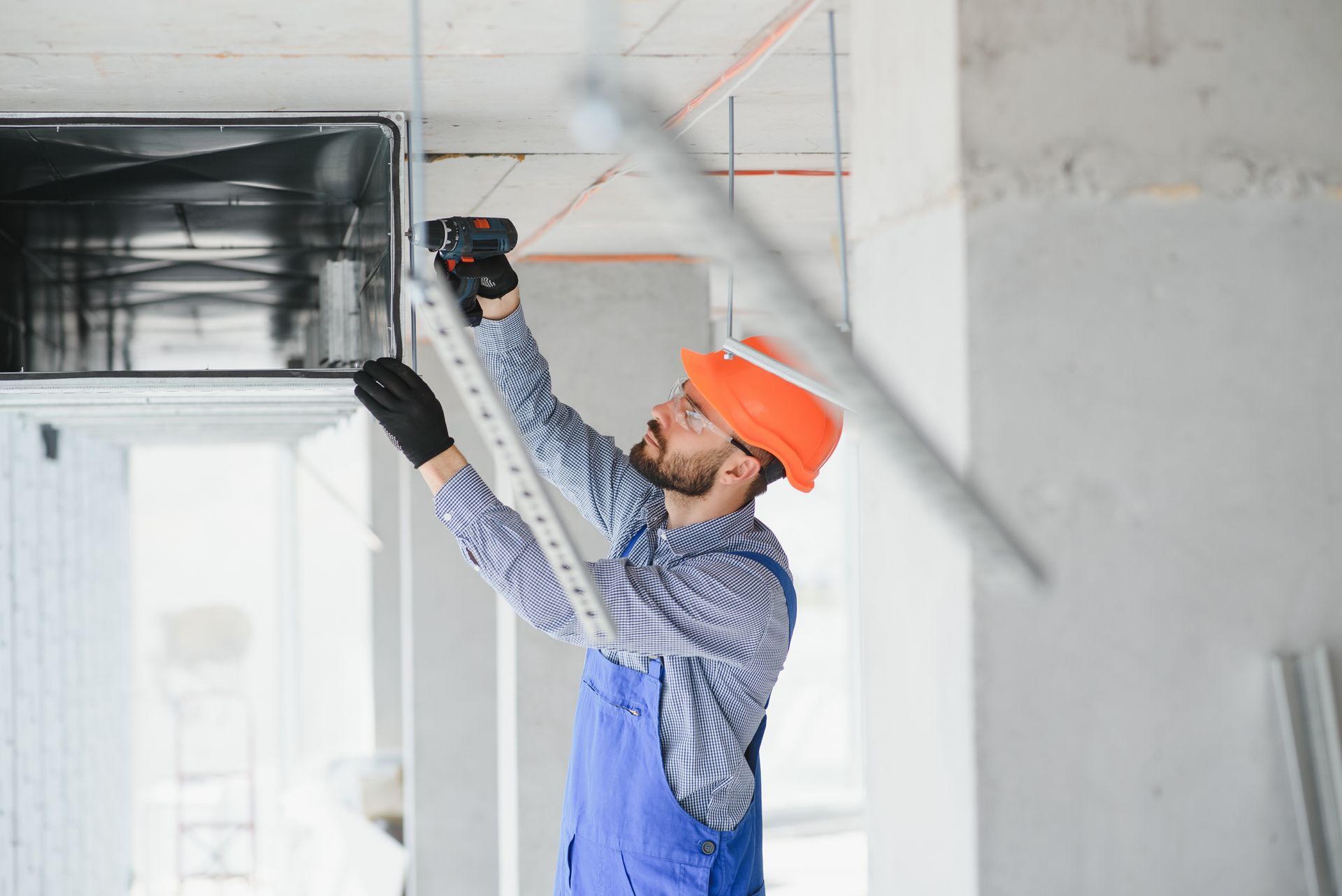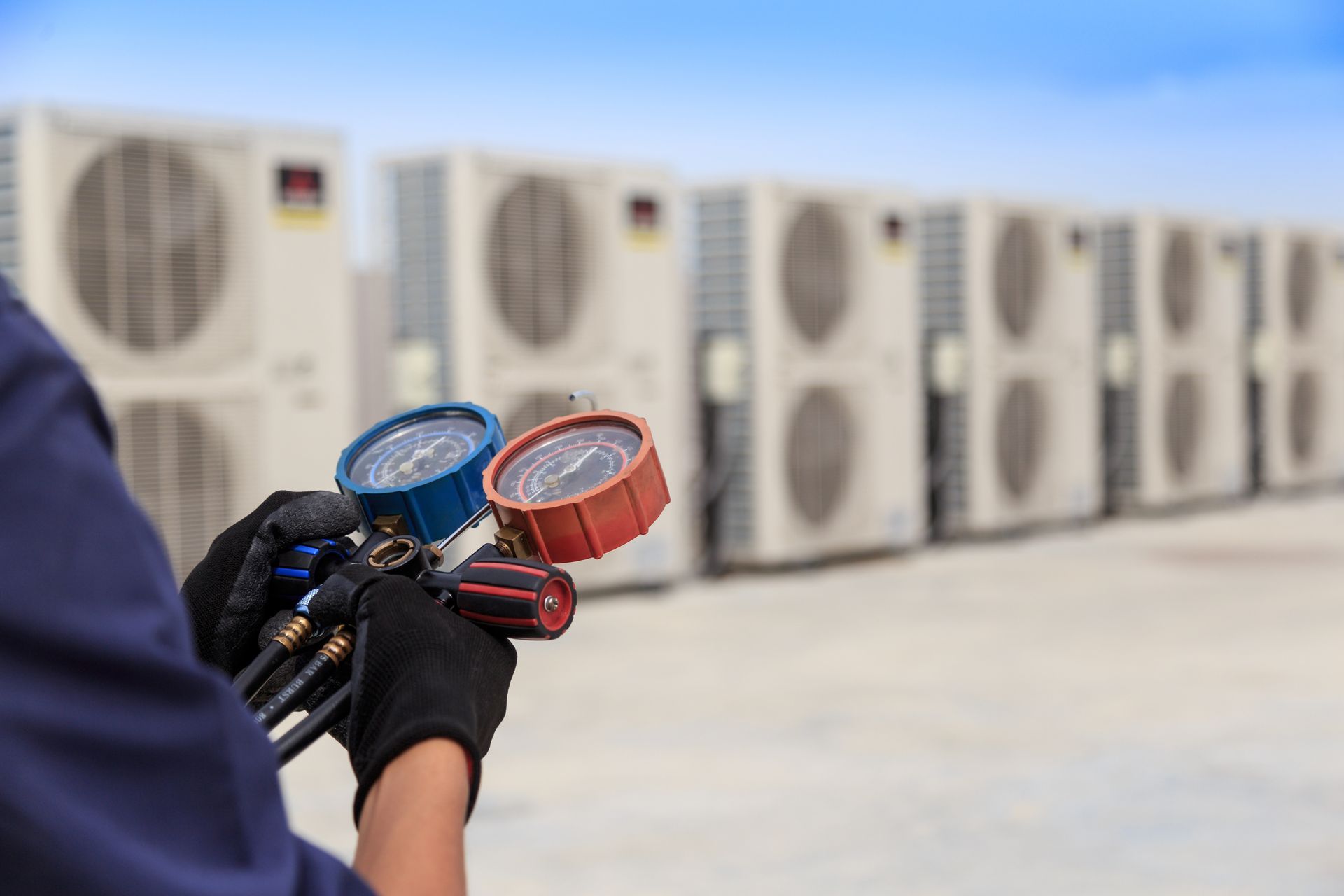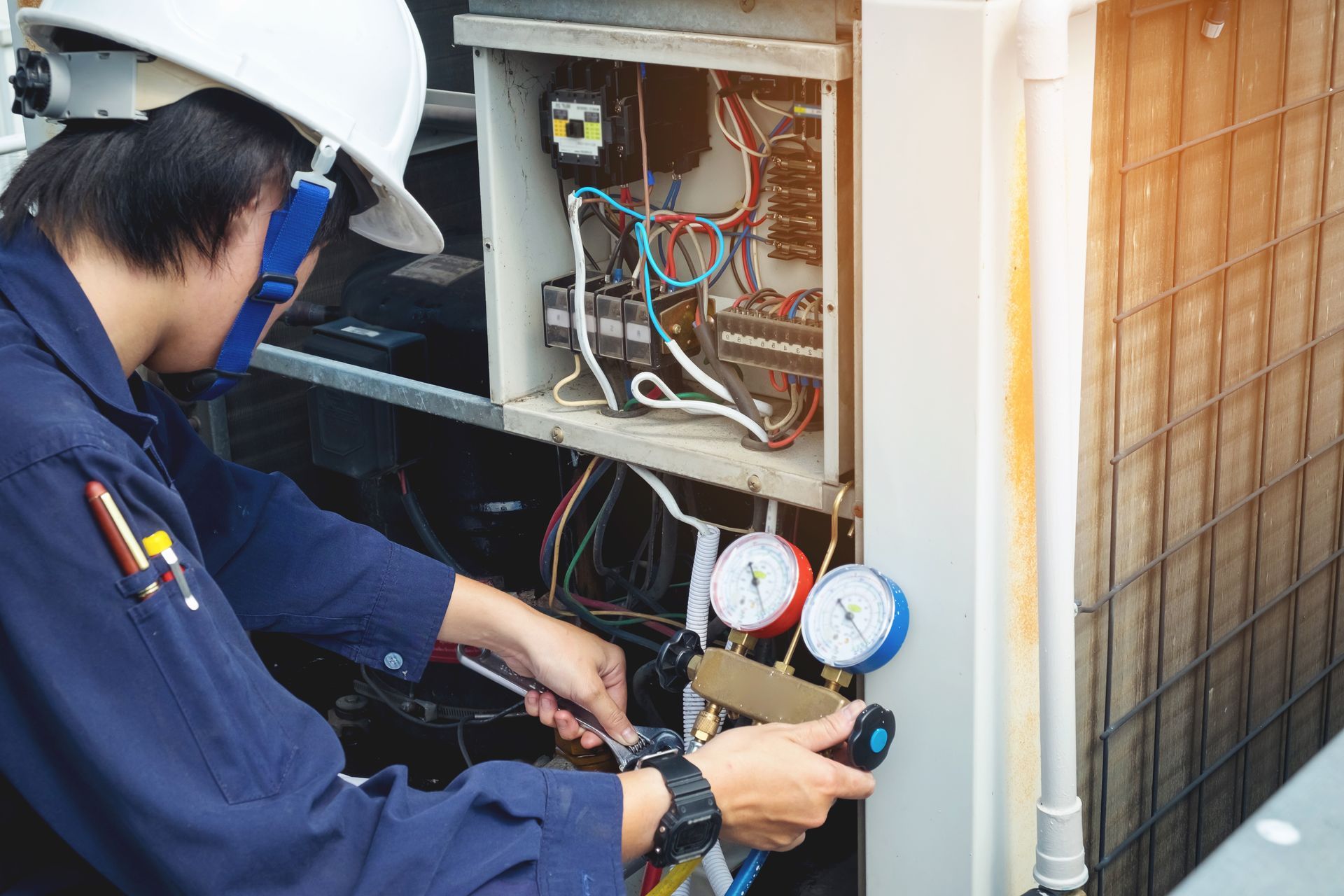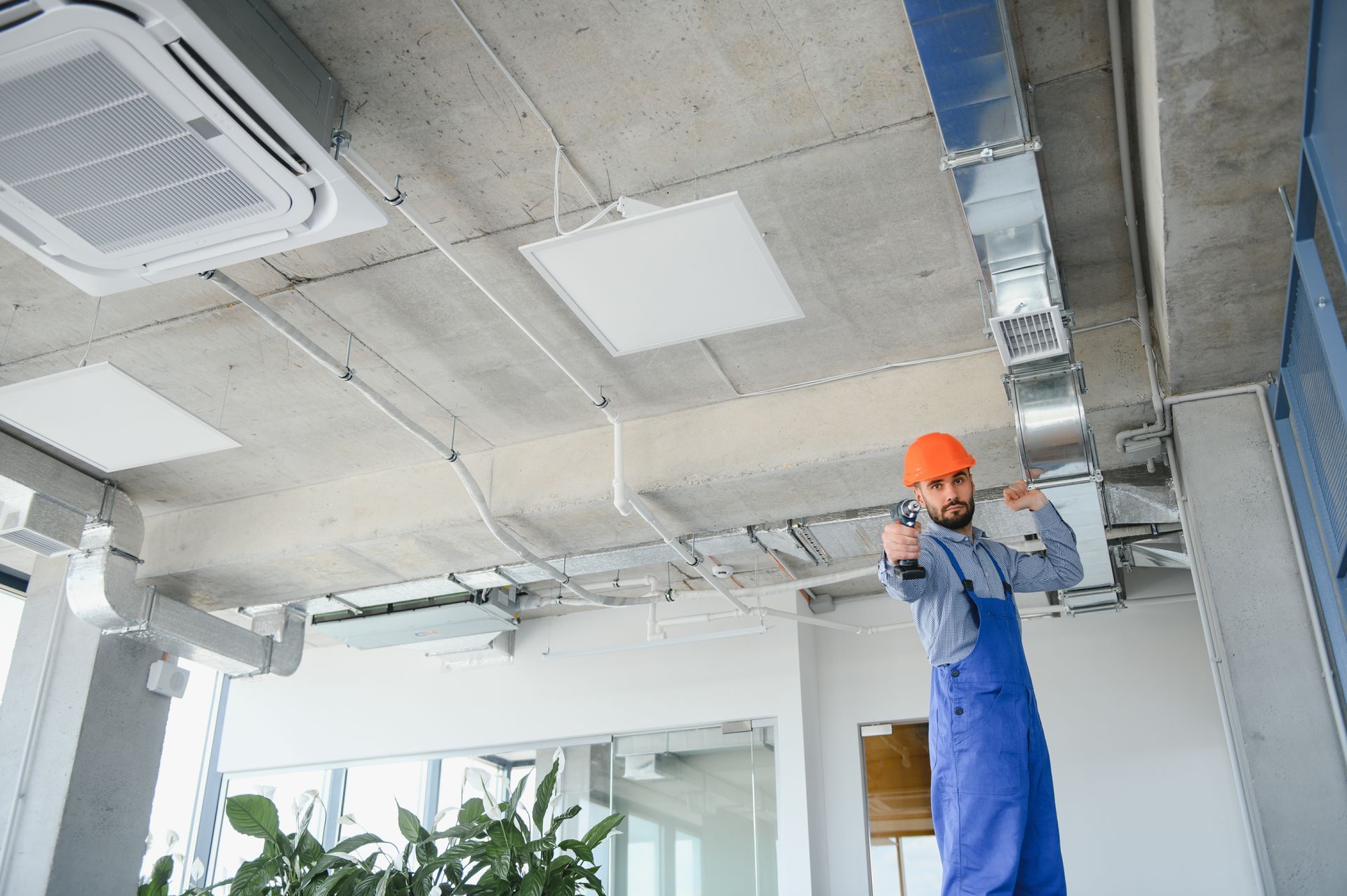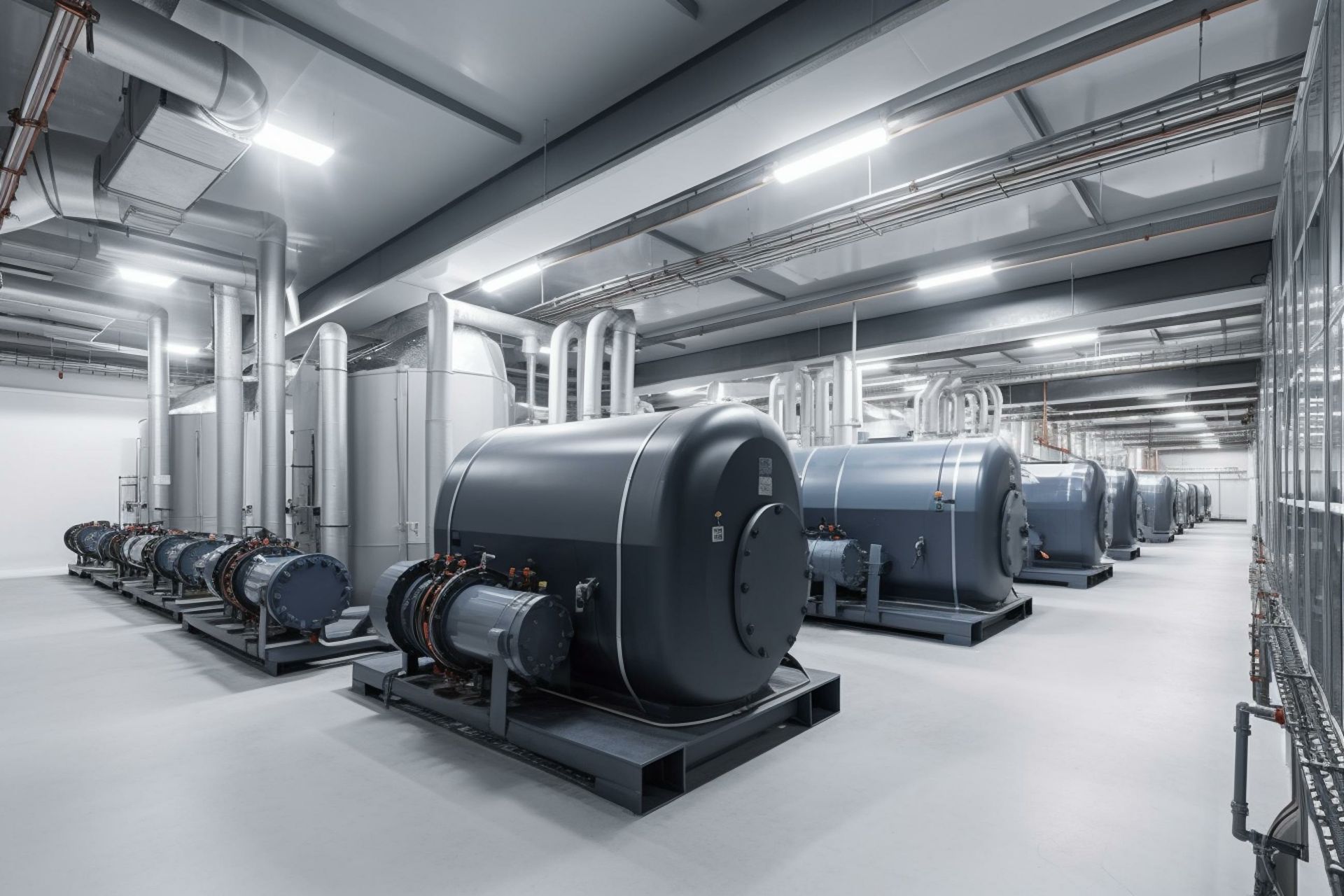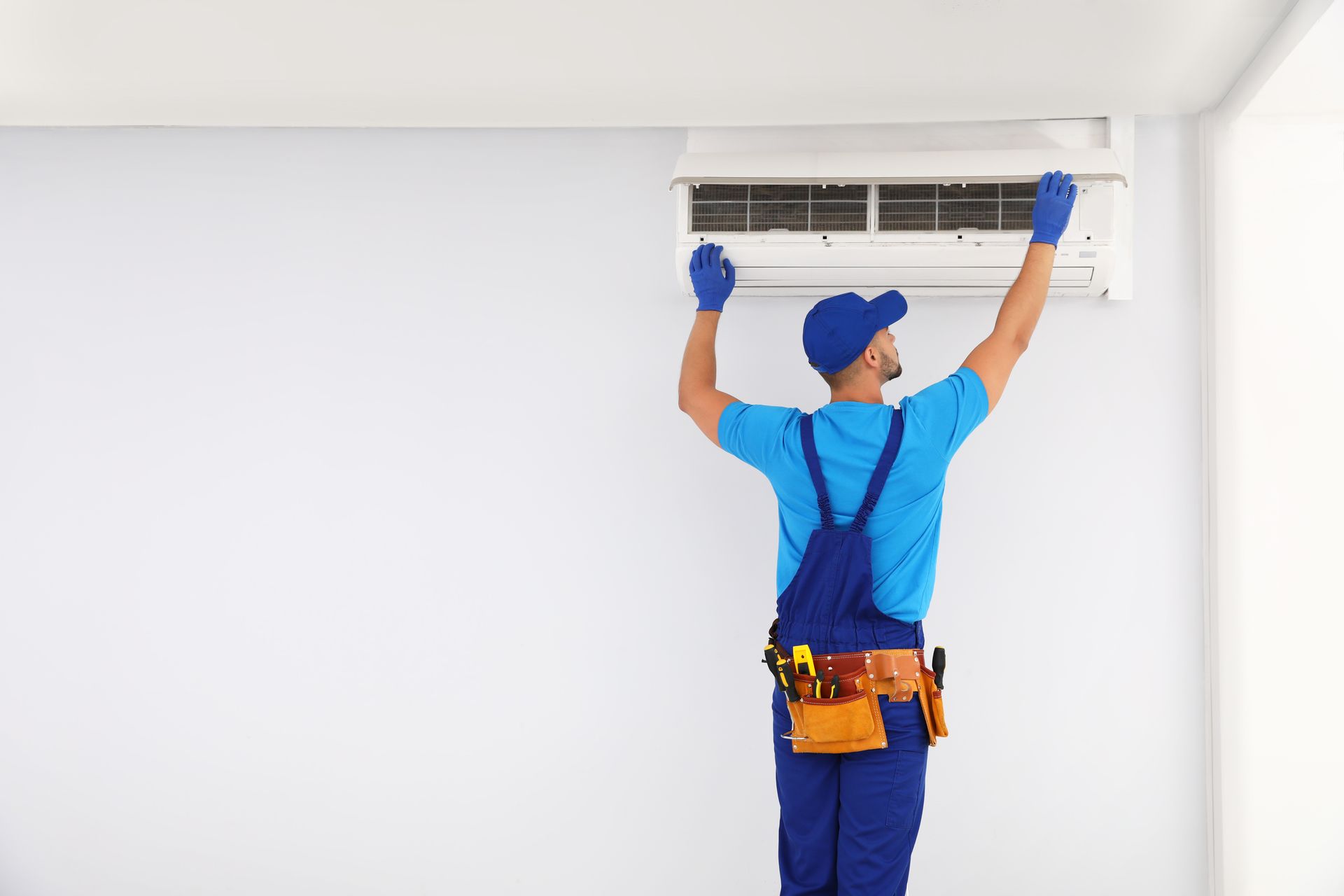Key Considerations for Designing an Effective Drainage System in HVAC Installations
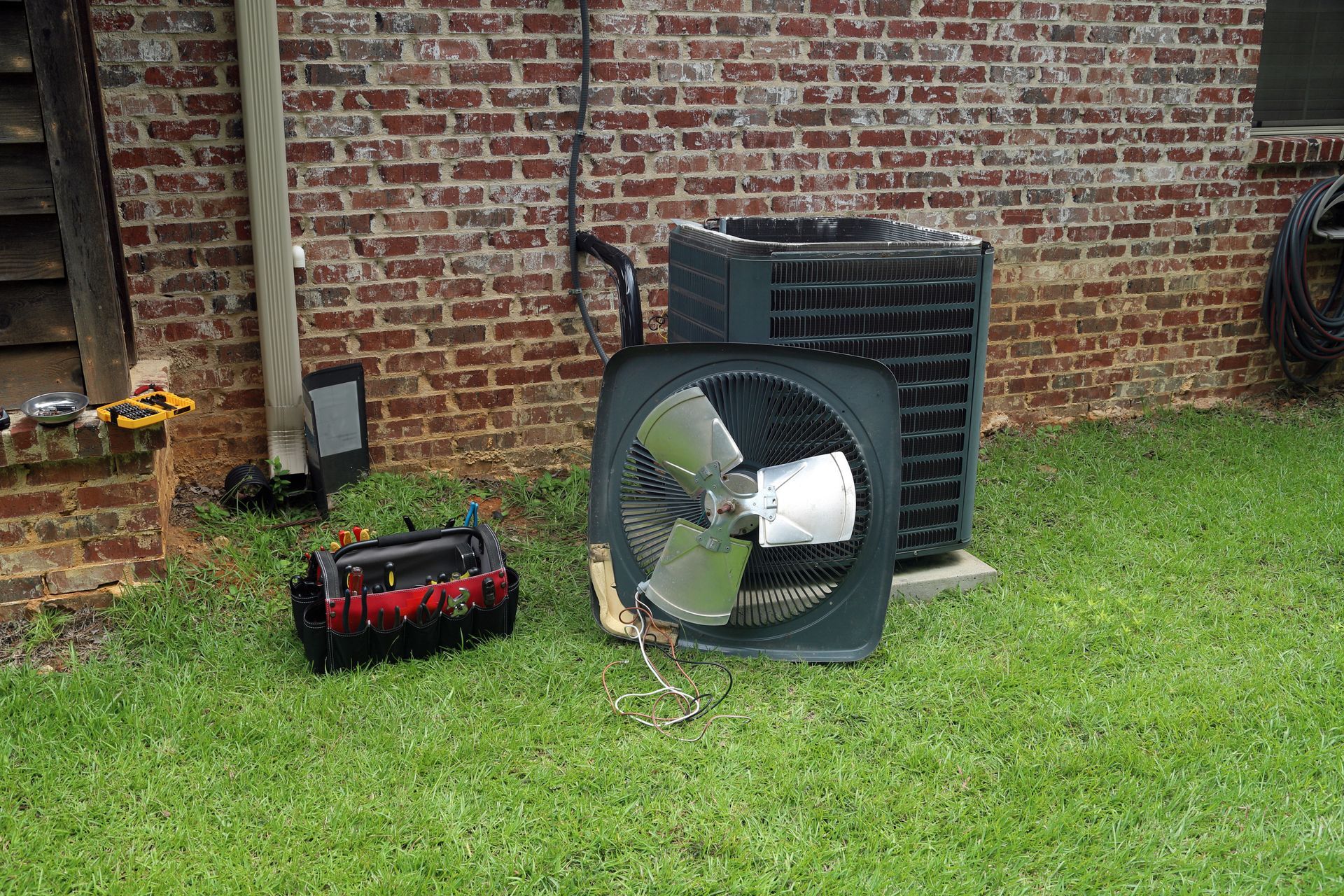
The Significance of a Well-Designed Drainage System
An HVAC system does more than heat or cool your premises; it also helps manage humidity levels. As a result, condensation often forms within the system. Proper drainage is critical in HVAC installations to ensure that condensate water is correctly expelled, preventing water damage to both the HVAC system and your property.
Understanding the Key Elements of HVAC Drainage Design
A well-designed HVAC drainage system involves several critical components. The condensate drain line, drain pan, and condensate pump work in harmony to carry away excess water. Plus, a secondary drain line and an overflow switch provide backup protection should the primary system fail.
In addition, considerations like drain line size, material, and placement, as well as proper insulation and correct slope, are crucial to maintain optimal flow and prevent blockages.
Common Challenges and Their Solutions
One of the common challenges in designing an HVAC drainage system is ensuring a proper slope for the drain line. A downward slope of at least 1/8 inch per foot is recommended for gravity to assist in water flow. Improper sloping can lead to standing water in the line, causing bacteria growth and potential blockages.
Another challenge is ensuring that the drain line is clear from debris, mold, and algae, which can cause clogs. Regular maintenance and cleaning are necessary to avoid this issue.
Understanding the Need for Professional Expertise
Designing an effective drainage system for HVAC installations is not as simple as it sounds. It requires careful planning, accurate calculations, and detailed knowledge about HVAC systems. A mistake in the design can lead to serious issues, such as water leakage, which can cause significant damage to your property.
Hiring HVAC professionals for this job comes with numerous benefits. They have the skills, experience, and tools necessary to design an effective and reliable drainage system. Moreover, they can ensure proper system installation and carry out routine maintenance to prevent potential issues.
Attempting to handle HVAC installations and drainage design yourself can be risky. It requires specific expertise and experience, without which you can face numerous problems. These can range from minor issues, like poor system performance, to major ones, like significant water damage.
Ready to Assist You: Your HVAC Professionals in DC
In conclusion, designing an effective drainage system is a critical aspect of HVAC installations. It requires a good understanding of HVAC systems and their components, along with meticulous planning and accurate execution. Our team of skilled professionals at our HVAC company in DC is ready to assist you with all your HVAC needs, including installation, maintenance, and drainage system design.
We are committed to providing you with the best service that meets your unique requirements. If you're planning an HVAC installation or need professional assistance with an existing system, don't hesitate to contact us. You can visit the "Contact" page on our website to schedule an appointment. Trust us for your HVAC needs, and we'll ensure a comfortable and energy-efficient environment for you.
